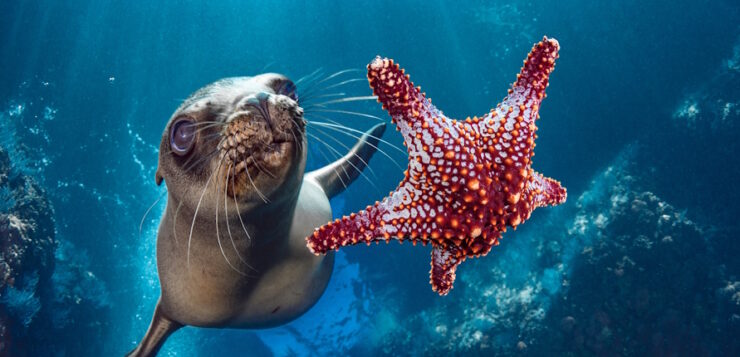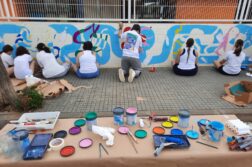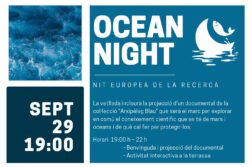These have been developed by a team of researchers from CEAB-CSIC. They consist of videos, experiential activities, and educational dossiers created for classrooms, serving as a pedagogical resource for secondary school teachers. They help understand what biodiversity is, appreciate its value, and discover the tools to comprehend and conserve it.
Advanced Studies Center of Blanes (CEAB-CSIC) offer –educators and others– new educational resources.
These materials are designed to reflect on the concept of “biodiversity”. This notion has been created by humans to assess biological diversity and encompasses all forms of life, evolutionary processes, ecological, and cultural processes that support it. Formulas have been developed to quantify biodiversity, and the goal is to understand it on all scales, whether it be an individual organism, a group of organisms, a species, an ecosystem, or the entire planet Earth.
To achieve a profound understanding of this concept and its value, a didactic proposal has been developed structured around four themes:
- Biodiversity: the main concept to understand.
- Resilience: of ecosystems, helping understand the key role of biodiversity.
- Science: enabling an understanding of what happens in ecosystems, the how, and the why.
- Conservation: as a tool to prevent the loss of biodiversity.
Methodologically, the proposal seeks to facilitate the process of knowledge creation in an “accumulative” way: it starts by bringing out previous knowledge. Content is then added to this, and finally, it is evaluated how much and how well this new knowledge has been incorporated and understood.
For this purpose, three activities are proposed for each theme. These are approaches with different, yet complementary, languages and didactic tools so that everyone can deeply understand the presented topics. The activities are:
- Educational dossier for each theme: a support tool for teachers, designed to help complement important concepts (available in Catalan, Spanish, and English).
- Experiential activities: designed to be carried out in classrooms without the need for additional materials. Approximately 1 hour in duration.
- Explanatory videos for each theme: presented by the reference researcher of the educational proposal. Each video lasts about three minutes and is recorded in Catalan.
You can choose the activities that interest you or carry them all out sequentially. You can find them all at this link: https://biodiversitat.csic.es/cat/a-laula/
In addition to these new educational materials, the survey to assess knowledge about local biodiversity is still available. This resource can serve as an entry point to new materials.





